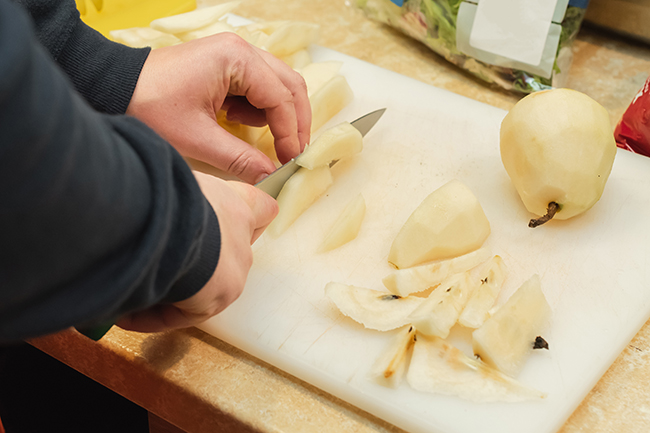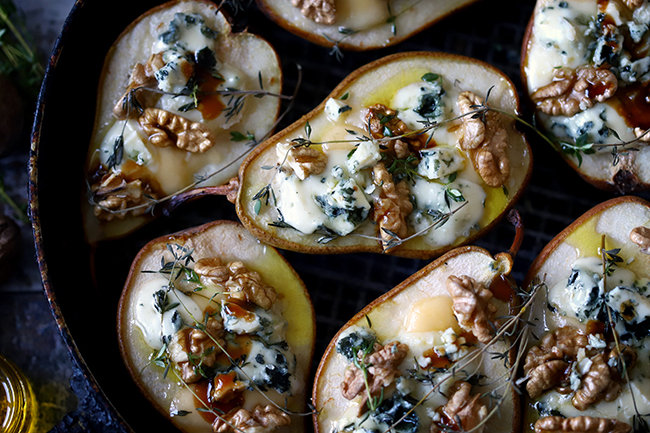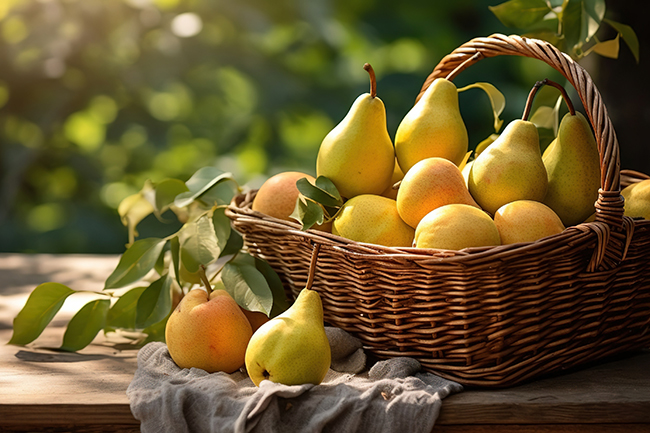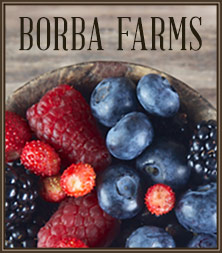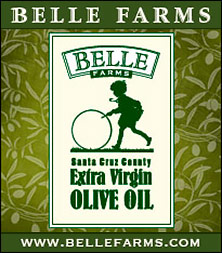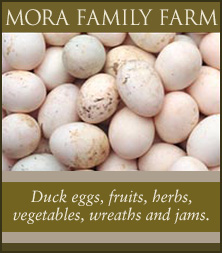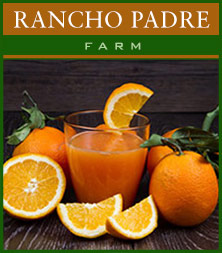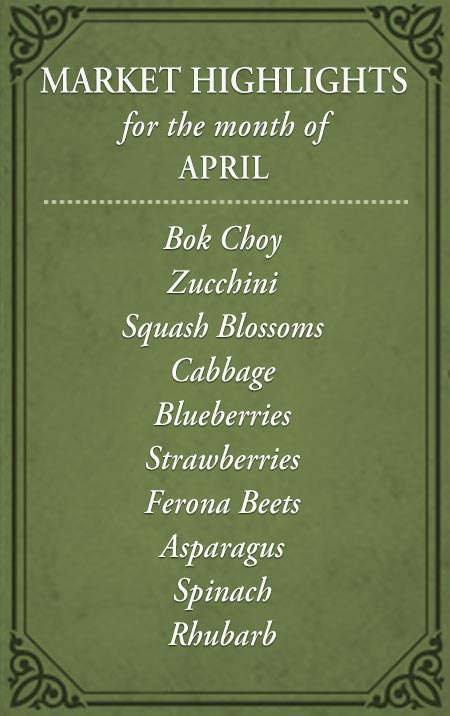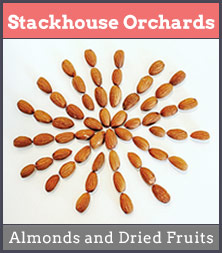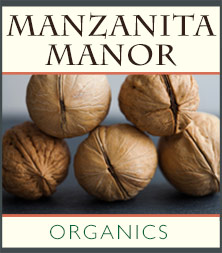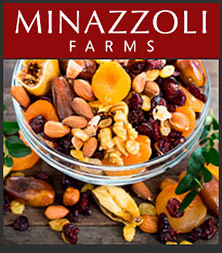Standing in front of a huge display of pears can be mind-boggling while trying to remember which pears are best for your recipe. We hope this guide will help!
Choosing the right pear for cooking and eating depends on your preferences and the specific dish you have in mind. Pears come in various varieties, each with its own flavor, texture, and best uses. Here are some tips on how to choose a pear for cooking and eating:
FOR EATING FRESH
Bartlett Pears: Bartlett pears are a classic choice for fresh eating. Look for pears that are yellow or greenish-yellow with a slight blush. They should yield slightly to gentle pressure near the stem when ripe.
Comice Pears: Comice pears are exceptionally sweet and buttery, making them perfect for snacking. Choose pears that are slightly soft to the touch and have a fragrant aroma.
Asian Pears: Asian pears have a crisp, apple-like texture and are sweet and juicy. Select pears that are firm and free from bruises. Asian pears are great for fresh eating out of hand.
Taylor’s Gold Pears: Taylor’s Gold pears are known for their crisp and juicy texture and sweetness. Choose pears that are firm and have smooth skin.
FOR COOKING
Bosc Pears: Bosc pears hold their shape well when cooked, making them ideal for poaching, baking, or grilling. Look for pears that are firm and have a distinctive bronze color.
Anjou Pears (Green or Red): Both green and red Anjou pears can be used in cooking. They are versatile and can be used in pies, tarts, and other desserts. Choose slightly firm pears for cooking.
Asian Pears: Asian pears can also be used in cooking, especially in stir-fries, and some savory dishes. Choose firm Asian pears for cooking applications.
Warren Pears: Warren pears have a smooth texture and sweet flavor, making them excellent for cooking in pies and desserts. Select ripe but firm Warren pears.
HOW TO SELECT PEARS
Check for ripeness: When choosing pears, gently press near the stem end. If it gives slightly, it’s ripe and ready to eat. If it’s firm, it may need a few days to ripen at room temperature.
Smell: Ripe pears often have a fragrant aroma, so give them a sniff to check for ripeness.
Avoid bruises and blemishes: Choose pears that are free from bruises, blemishes, or soft spots.
Consider the recipe: The type of pear you choose for cooking should complement the flavors and textures of your recipe. Firmer pears are better for pies, while softer, juicier pears are great for salads or eating fresh.
Ultimately, the best pear for cooking and eating depends on your personal taste and the specific culinary application. Experiment with different varieties to discover your favorites for both fresh enjoyment and cooking.


